Home>Construction & Tools>Building Materials>How To Clean Algae Off A Brick Patio
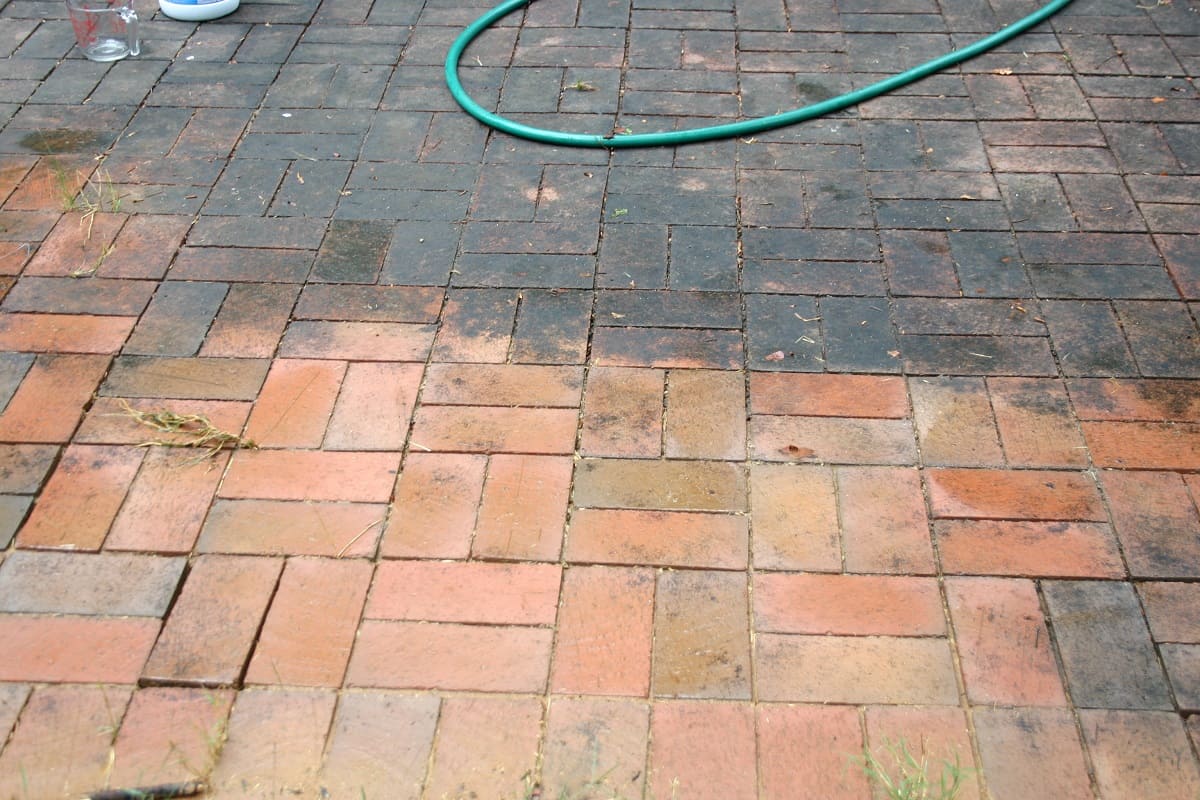

Building Materials
How To Clean Algae Off A Brick Patio
Modified: February 18, 2024
Learn how to effectively clean algae off your brick patio using simple methods and common building materials. Say goodbye to unsightly algae and enjoy a clean outdoor space!
(Many of the links in this article redirect to a specific reviewed product. Your purchase of these products through affiliate links helps to generate commission for Storables.com, at no extra cost. Learn more)
Introduction
Welcome to the ultimate guide on how to clean algae off a brick patio. Algae growth on outdoor surfaces, such as brick patios, can be a common issue, especially in humid and shaded areas. While algae may give off a natural, rustic vibe, it can also make surfaces slippery and unsightly. Fortunately, with the right tools, materials, and techniques, you can effectively remove algae and prevent its regrowth, restoring your brick patio to its former glory.
In this comprehensive guide, we will delve into the nature of algae, explore the tools and materials you’ll need for the cleaning process, and provide step-by-step instructions for preparing, cleaning, and maintaining your brick patio. By the end of this article, you’ll be equipped with the knowledge and confidence to tackle algae growth and keep your outdoor living space looking pristine.
Key Takeaways:
- Algae on brick patios can be removed using a homemade solution of water and white vinegar, a stiff-bristled brush, and protective gear. Regular maintenance and preventive measures can help keep the patio clean and safe.
- To prevent algae growth on brick patios, ensure sunlight exposure, maintain proper drainage, and use algae-resistant sealants. Regular cleaning and monitoring shaded areas can help preserve the patio’s pristine appearance.
Read more: How To Get Algae Off A Patio
Understanding Algae
Before diving into the cleaning process, it’s essential to understand the nature of algae. Algae are simple, non-flowering, and typically aquatic organisms that thrive in damp, shaded, and nutrient-rich environments. They come in various colors, including green, brown, and black, and can form slippery, slimy layers on surfaces such as brick patios. Algae growth on outdoor surfaces is often attributed to factors such as moisture, lack of sunlight, and organic debris accumulation.
On brick patios, algae can not only create a safety hazard due to its slippery nature but also compromise the aesthetic appeal of the surface. Furthermore, algae can contribute to the deterioration of the brick over time if left unchecked.
Understanding the characteristics of algae and the conditions that promote its growth is crucial for implementing effective cleaning and prevention strategies. By addressing the root causes of algae growth, you can maintain a clean, safe, and visually appealing brick patio for years to come.
Tools and Materials
Before embarking on the task of cleaning algae off your brick patio, it’s important to gather the necessary tools and materials. Here’s a comprehensive list of what you’ll need:
Tools:
- Stiff-bristled brush or broom
- Pressure washer (optional)
- Garden hose with spray attachment
- Protective goggles
- Rubber gloves
- Plastic sheeting or tarp (for covering nearby plants or delicate surfaces)
- Bucket
- Scrub brush or handheld scrubber
- Long-handled scrub brush (for larger areas)
Materials:
- Algae-killing cleaning solution or homemade alternative (e.g., water and white vinegar or oxygen bleach)
- Protective sealant (optional, for preventing future algae growth)
- Waterproof tarp or cover (to protect the patio during the cleaning process)
- Stain-blocking primer (if algae stains persist after cleaning)
Having the right tools and materials at your disposal will streamline the cleaning process and ensure that you can address the algae growth effectively. Whether you opt for commercial cleaning solutions or eco-friendly homemade alternatives, it’s essential to prioritize safety by wearing protective gear and taking precautions to prevent damage to surrounding vegetation and surfaces.
With these tools and materials in hand, you’re ready to prepare your brick patio for the algae-cleaning process and restore its natural beauty.
Read more: How To Prevent Algae Growth On A Brick Patio
Preparing the Patio
Before initiating the algae-cleaning process, it’s crucial to prepare the patio to ensure optimal results and minimize potential damage. Here’s a step-by-step guide to preparing your brick patio:
Clear the Area:
Begin by removing any furniture, potted plants, or decorative items from the patio. Clearing the area will provide unobstructed access to the entire surface and prevent damage to items during the cleaning process.
Protect Surrounding Surfaces:
If your brick patio is adjacent to delicate surfaces or landscaping, such as wooden decks or flower beds, use plastic sheeting or waterproof tarp to cover and protect these areas from the cleaning solution and debris.
Sweep or Brush the Surface:
Use a stiff-bristled brush or broom to sweep away loose debris, dirt, and leaves from the patio surface. This preliminary cleaning step will prevent the accumulation of additional grime during the algae removal process.
Read more: How To Clean A Brick Patio
Wet the Patio:
Using a garden hose with a spray attachment, thoroughly wet the entire patio surface. Dampening the bricks will help prepare them for the application of the cleaning solution and facilitate the removal of algae and grime.
By following these preparatory steps, you’ll create an optimal environment for effectively tackling the algae growth on your brick patio. With the area cleared, protected, and primed, you’re ready to apply the cleaning solution and begin the process of revitalizing your outdoor living space.
Applying the Cleaning Solution
With the patio prepared, it’s time to apply the cleaning solution to eliminate the algae and restore the natural beauty of the brick surface. Whether you opt for a commercial algae-killing cleaner or a homemade alternative, the application process remains relatively consistent. Here’s a detailed guide on applying the cleaning solution:
Choose the Cleaning Solution:
Select an algae-killing cleaning solution suitable for brick surfaces. Alternatively, you can create a homemade solution using water and white vinegar or oxygen bleach. These eco-friendly alternatives are effective at eliminating algae without posing harm to surrounding vegetation.
Mix the Solution:
If using a commercial cleaner, follow the manufacturer’s instructions for dilution. For homemade solutions, mix the appropriate ratio of water and vinegar or oxygen bleach in a bucket. Ensure that the solution is well-mixed and ready for application.
Read more: How To Clean Soot Off Of Brick
Apply the Solution:
Using a sprayer or a watering can, evenly distribute the cleaning solution across the entire patio surface. Ensure thorough coverage, especially in areas with visible algae growth. Allow the solution to penetrate the algae and sit for the recommended duration, typically 10-15 minutes, to effectively break down the organic matter.
Scrub Stubborn Areas:
For persistent algae growth or stubborn stains, use a scrub brush or handheld scrubber to agitate the cleaning solution into the affected areas. This mechanical action will help dislodge and break down the algae, facilitating its removal during the rinsing process.
By following these steps, you’ll effectively apply the cleaning solution to target and eliminate the algae infestation on your brick patio. The next phase involves scrubbing the patio to dislodge the algae and thoroughly cleanse the surface.
Scrubbing the Patio
Once the cleaning solution has had ample time to break down the algae, the next crucial step is to scrub the patio surface thoroughly. This mechanical action, combined with the cleaning solution, will dislodge the algae and lift any embedded grime, restoring the natural luster of the bricks. Here’s a comprehensive guide to scrubbing your brick patio:
Use a Stiff-Bristled Brush:
Equip yourself with a stiff-bristled brush or a long-handled scrub brush suitable for outdoor surfaces. The bristles should be firm enough to dislodge the algae and grime without causing damage to the brick surface.
Read more: How To Clean Efflorescence Off Brick
Scrub in Sections:
Divide the patio into manageable sections and begin scrubbing from one end, working your way systematically across the entire surface. Apply moderate pressure and use overlapping strokes to ensure thorough coverage and effective removal of algae and dirt.
Focused Attention on Problem Areas:
Pay special attention to areas with stubborn algae growth or noticeable discoloration. Use targeted, repetitive motions to concentrate on these problem areas, ensuring that the algae is thoroughly dislodged and lifted from the brick surface.
Rinse Periodically:
As you scrub each section, periodically rinse the area with a garden hose to remove dislodged algae, grime, and the cleaning solution. This intermediate rinsing step will prevent the re-deposition of debris and help you assess the progress of the cleaning process.
Inspect and Touch Up:
After scrubbing the entire patio, inspect the surface for any remaining algae or stains. Address any residual areas by spot-cleaning and applying additional solution as needed. Thoroughly scrub these spots to ensure a uniform and pristine appearance across the entire patio.
By diligently scrubbing the patio surface, you’ll effectively remove the algae and revitalize the brick, setting the stage for the final steps of rinsing and drying.
Read more: How To Clean Concrete Off Brick
Rinsing and Drying
After the thorough scrubbing process, the next crucial steps involve rinsing the patio to remove residual algae, grime, and cleaning solution, followed by allowing the surface to dry completely. Proper rinsing and drying are essential to reveal the pristine beauty of your brick patio. Here’s a detailed guide to the rinsing and drying process:
Rinse with a Garden Hose:
Begin by using a garden hose with a spray attachment to thoroughly rinse the entire patio surface. Starting from one end, work methodically to ensure that all traces of algae, grime, and cleaning solution are effectively washed away. Pay particular attention to crevices and joints between the bricks.
Use a Pressure Washer (Optional):
If available, a pressure washer can expedite the rinsing process and provide a deeper clean. Use a wide-angle nozzle and maintain a safe distance to avoid damaging the brick surface. Keep the nozzle moving to prevent concentrated pressure in one area.
Inspect for Residual Debris:
After rinsing, inspect the patio for any remaining debris, algae, or stains. Address any lingering issues by spot-cleaning and gentle scrubbing as necessary. Thoroughly rinse these areas again to ensure a pristine finish.
Read more: How To Clean Calcium Off Brick
Allow the Patio to Dry:
Once the rinsing process is complete, allow the patio to air-dry naturally. Depending on the weather conditions, this may take several hours to a full day. Avoid walking or placing furniture on the patio until it is completely dry to prevent recontamination and ensure a flawless finish.
Optional Sealant Application:
To further protect your brick patio from future algae growth, consider applying a protective sealant designed for outdoor use. This optional step can help prevent moisture penetration and inhibit the regrowth of algae, extending the longevity of your patio’s clean, vibrant appearance.
By meticulously rinsing and allowing your brick patio to dry, you’ll unveil its renewed beauty and create an environment that is both visually appealing and resistant to future algae growth.
Preventing Algae Growth
After successfully cleaning and revitalizing your brick patio, it’s essential to implement preventive measures to inhibit future algae growth and maintain the surface’s pristine condition. By addressing the underlying factors that promote algae infestation, you can prolong the cleanliness and natural beauty of your outdoor living space. Here are key strategies for preventing algae growth on your brick patio:
Promote Sunlight Exposure:
Trim back overhanging branches and foliage to allow more sunlight to reach the patio surface. Sunlight inhibits algae growth by reducing moisture and creating an inhospitable environment for algae spores to thrive.
Read more: How To Prevent Green Algae On A Patio
Maintain Proper Drainage:
Ensure that the patio and its surrounding areas have adequate drainage to prevent water accumulation. Address any drainage issues promptly to minimize moisture retention, which can contribute to algae proliferation.
Regular Cleaning and Maintenance:
Establish a routine for regular cleaning and maintenance of your brick patio. Sweep or rinse the surface periodically to remove organic debris, dirt, and potential algae spores before they have a chance to take hold.
Apply Algae-Resistant Sealant:
Consider applying an algae-resistant sealant specifically designed for outdoor surfaces. This protective coating can help deter algae growth by creating a less favorable environment for spore attachment and colonization.
Use Preventive Cleaning Solutions:
Periodically apply eco-friendly preventive cleaning solutions, such as water and white vinegar, to the patio surface. This can help disrupt algae growth and maintain the cleanliness of the bricks without harsh chemical impact.
Read more: How To Clean Soot Off Fireplace Brick
Monitor and Address Shaded Areas:
Regularly inspect and address shaded or poorly ventilated areas where algae is more likely to thrive. By staying proactive and addressing potential growth areas promptly, you can prevent widespread infestations and maintain a consistently clean patio surface.
By integrating these preventive measures into your patio maintenance routine, you can effectively mitigate the risk of algae growth and preserve the pristine appearance of your brick patio for years to come.
Conclusion
Congratulations on successfully learning how to clean algae off a brick patio and implementing effective preventive measures to maintain its cleanliness. By understanding the nature of algae, gathering the necessary tools and materials, and following a systematic cleaning process, you’ve restored your outdoor living space to its natural beauty. The revitalized brick patio now serves as a welcoming and safe environment for relaxation and entertainment.
As you continue to enjoy your immaculate patio, remember to stay proactive in maintaining its pristine condition. Regular cleaning, strategic preventive measures, and attentive monitoring of potential algae growth areas will ensure that your brick patio remains an inviting and visually appealing extension of your home.
By incorporating these practices into your outdoor maintenance routine, you can take pride in a brick patio that not only enhances the aesthetic appeal of your property but also provides a safe and enjoyable space for gatherings and leisure activities.
Thank you for embarking on this journey to reclaim the natural beauty of your brick patio. With your newfound knowledge and commitment to maintenance, you’re well-equipped to preserve the cleanliness and allure of your outdoor living space for years to come.
Frequently Asked Questions about How To Clean Algae Off A Brick Patio
Was this page helpful?
At Storables.com, we guarantee accurate and reliable information. Our content, validated by Expert Board Contributors, is crafted following stringent Editorial Policies. We're committed to providing you with well-researched, expert-backed insights for all your informational needs.
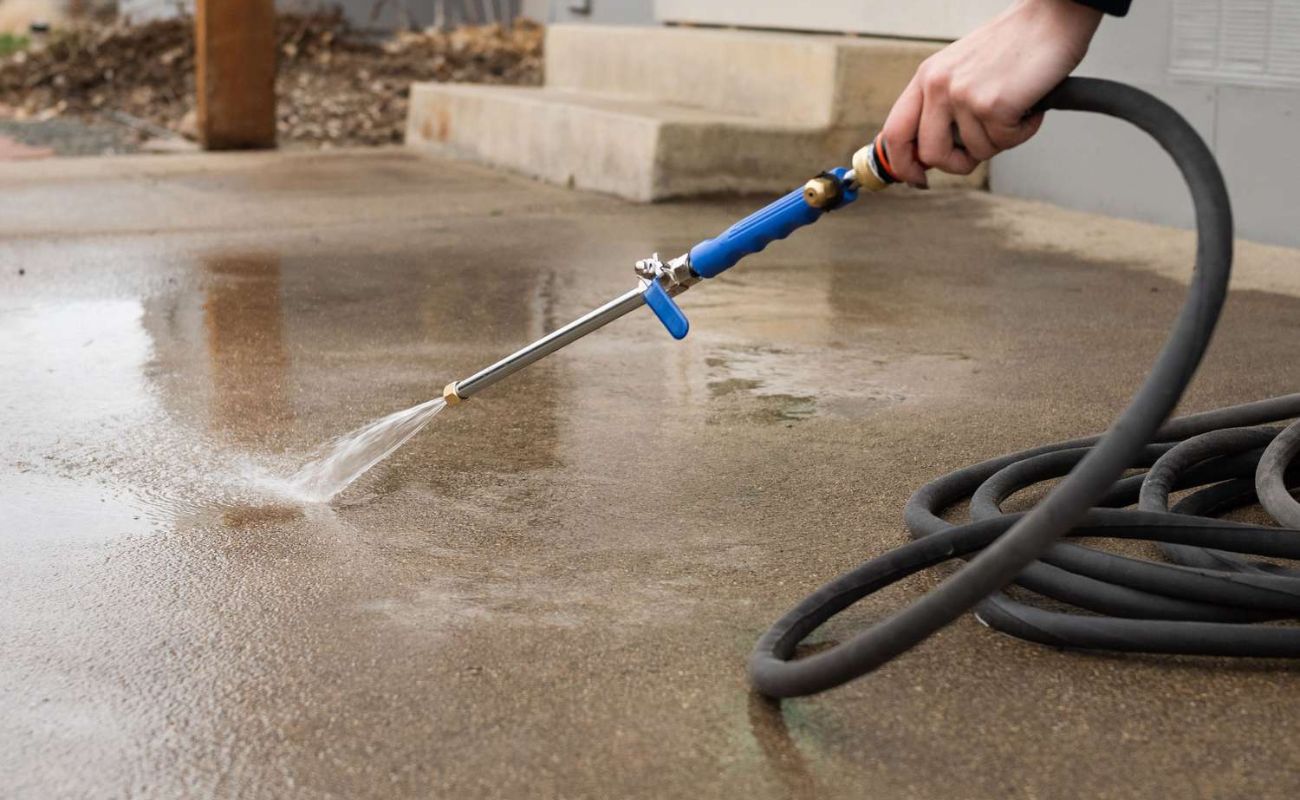
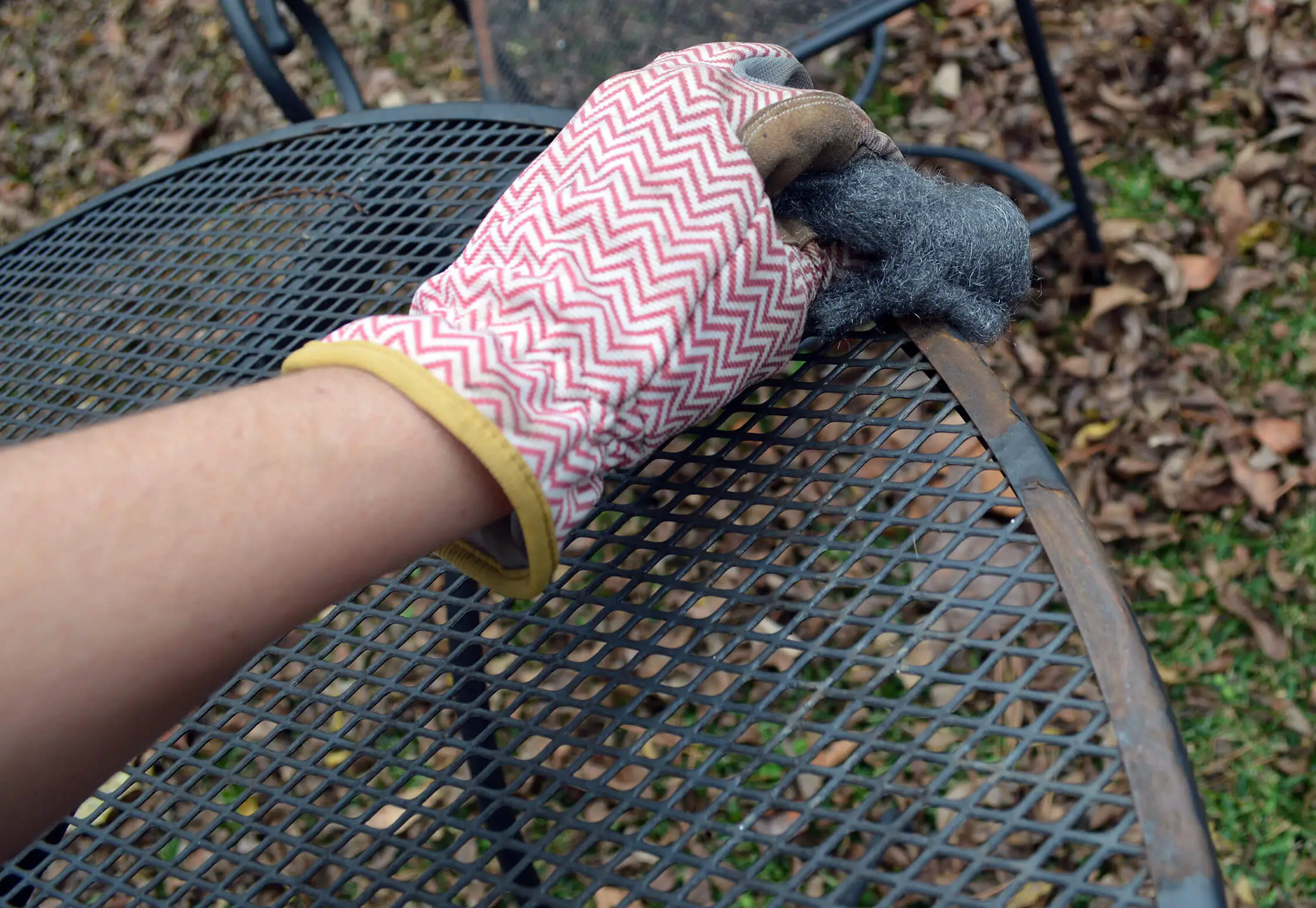
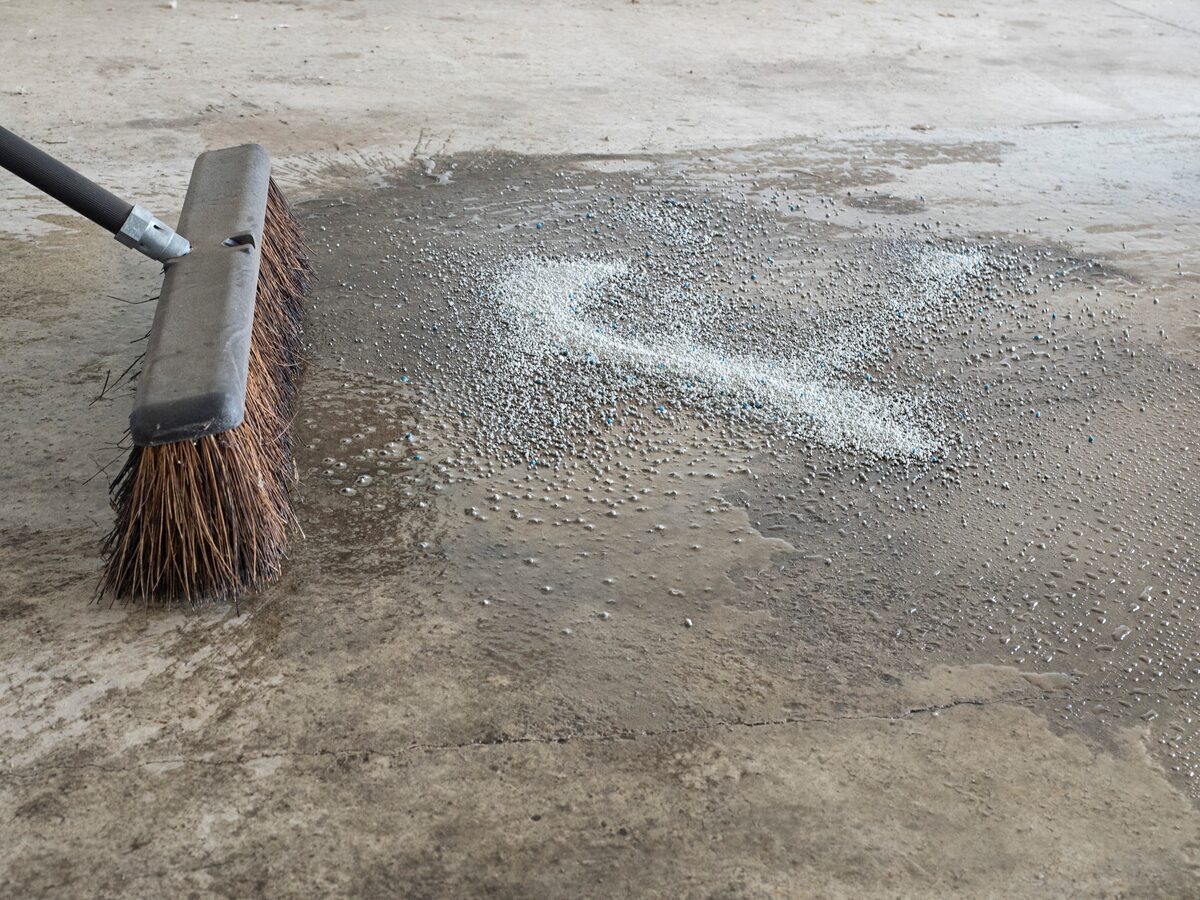
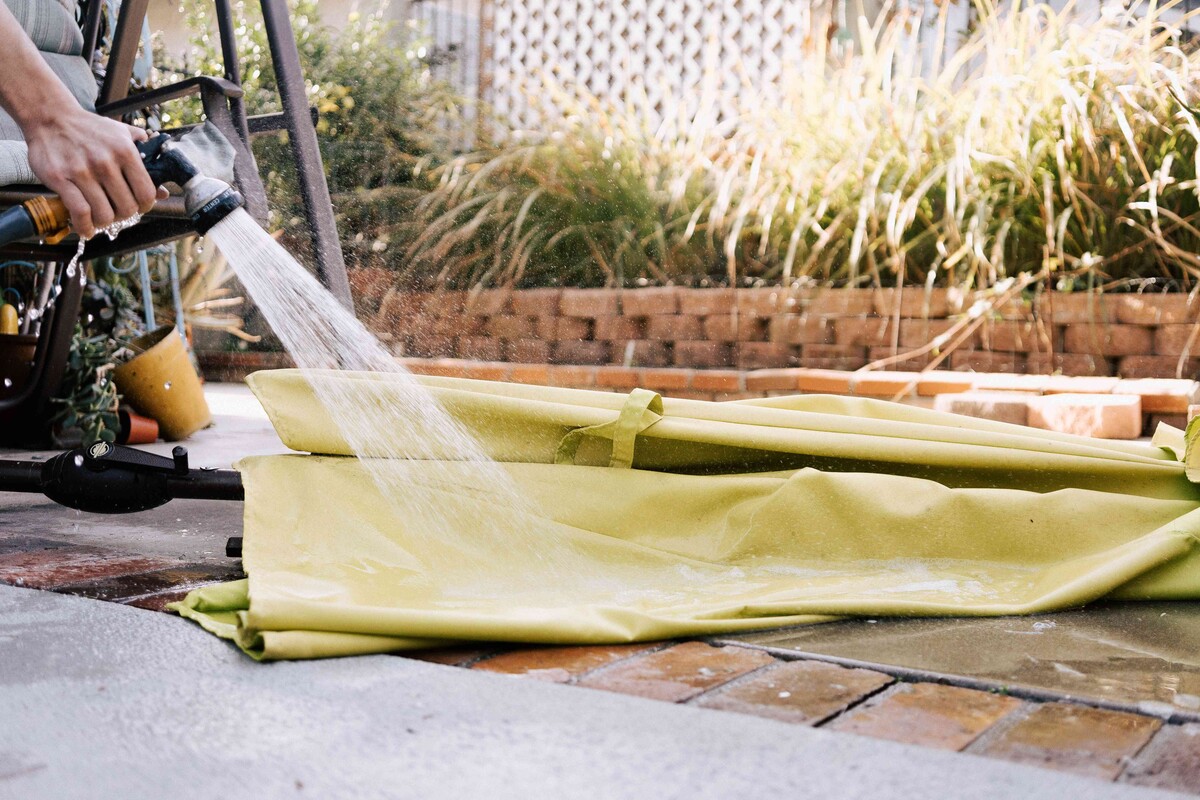
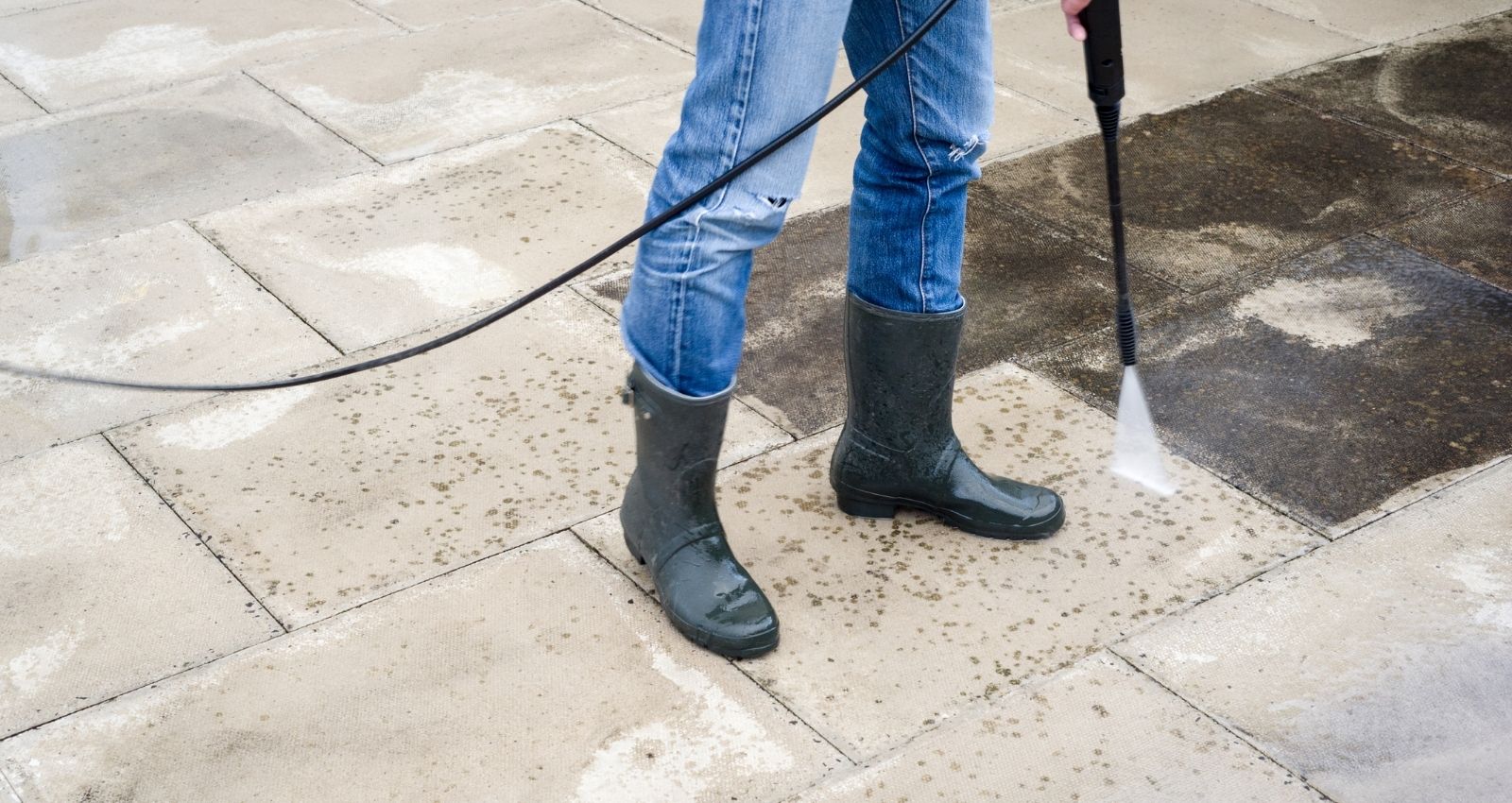
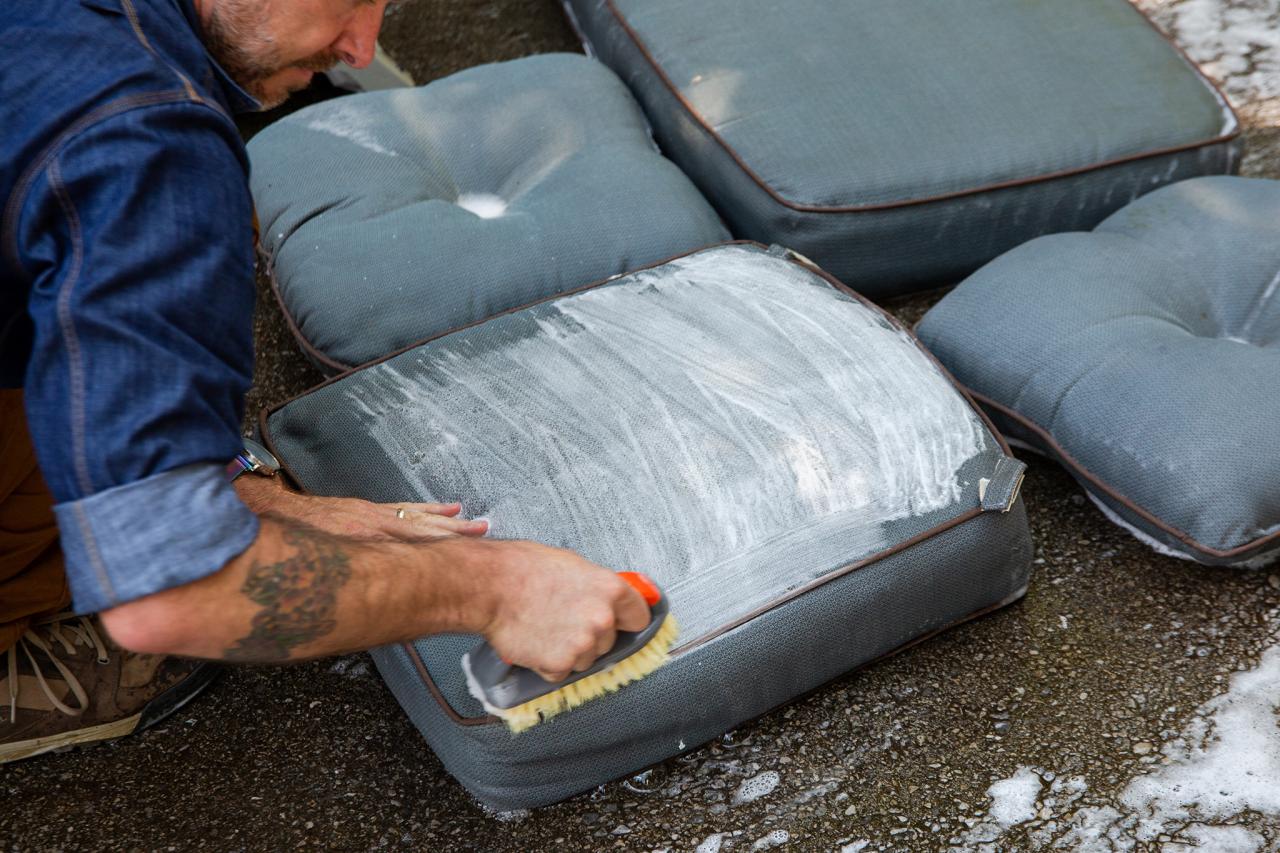
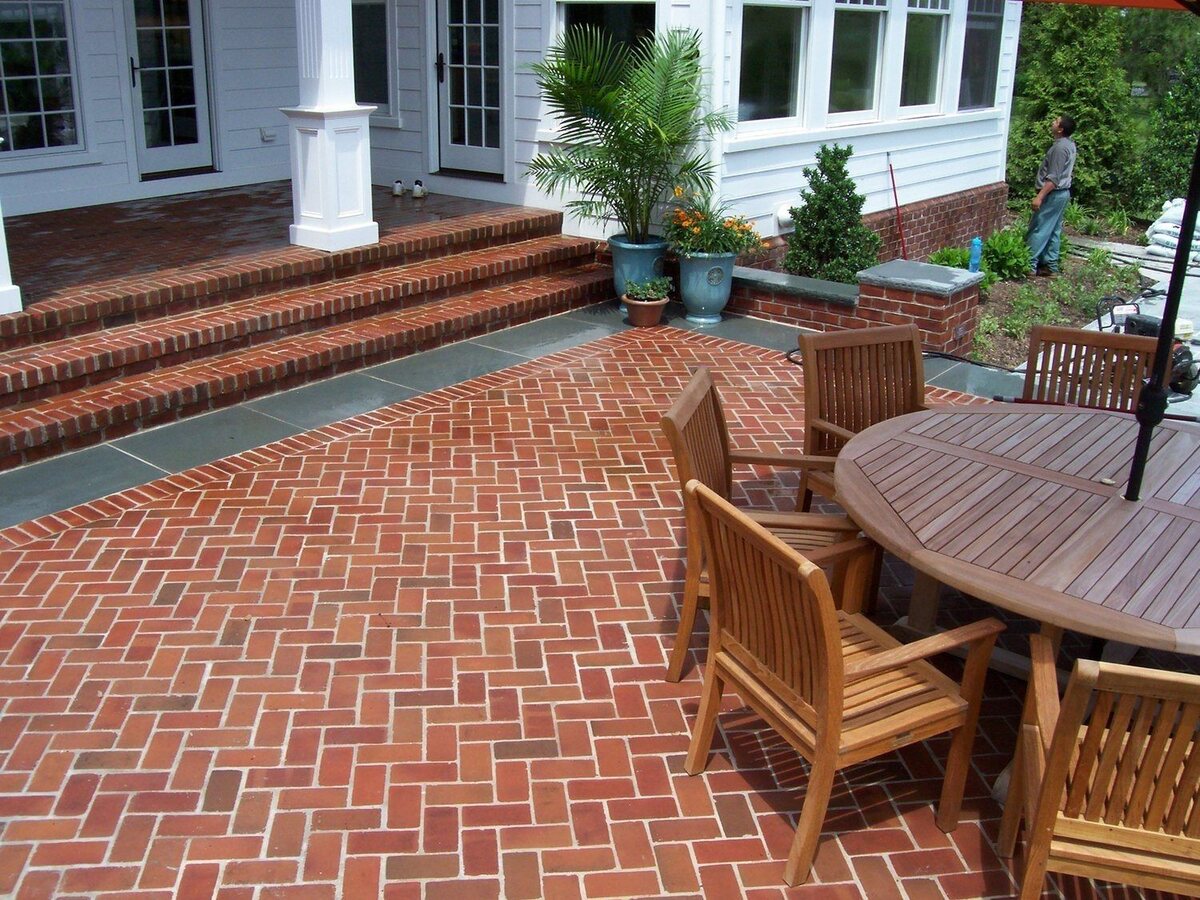

0 thoughts on “How To Clean Algae Off A Brick Patio”